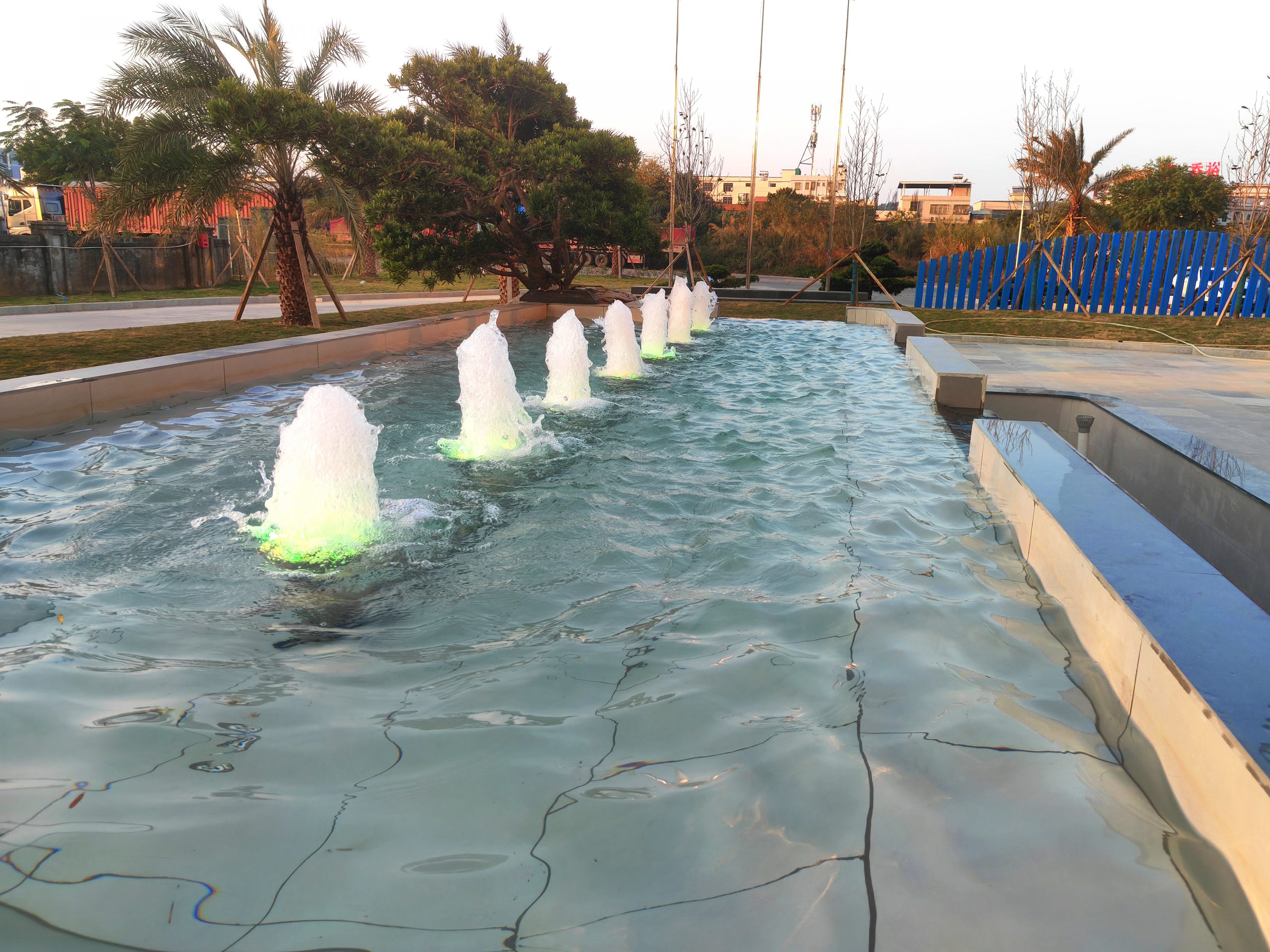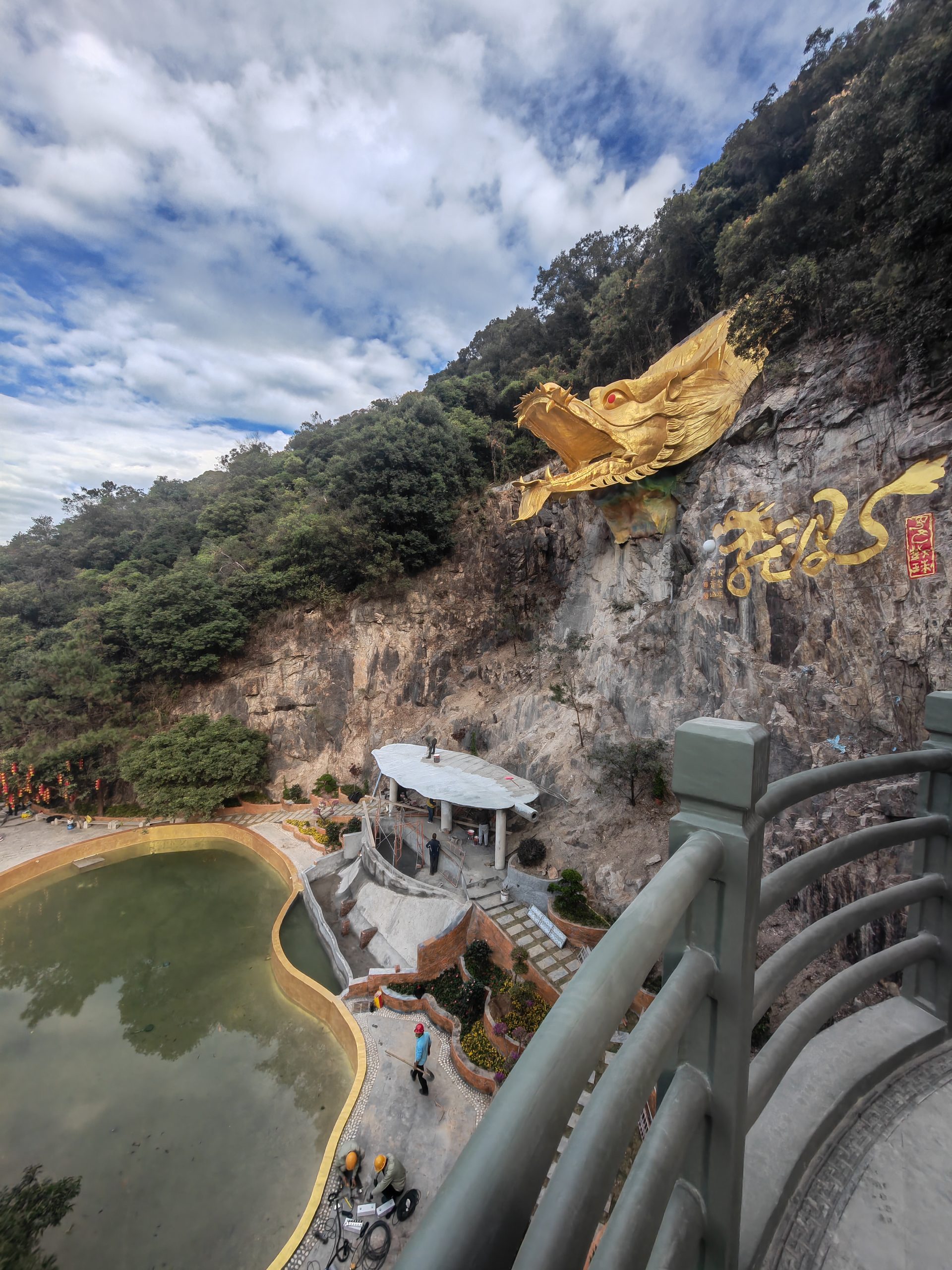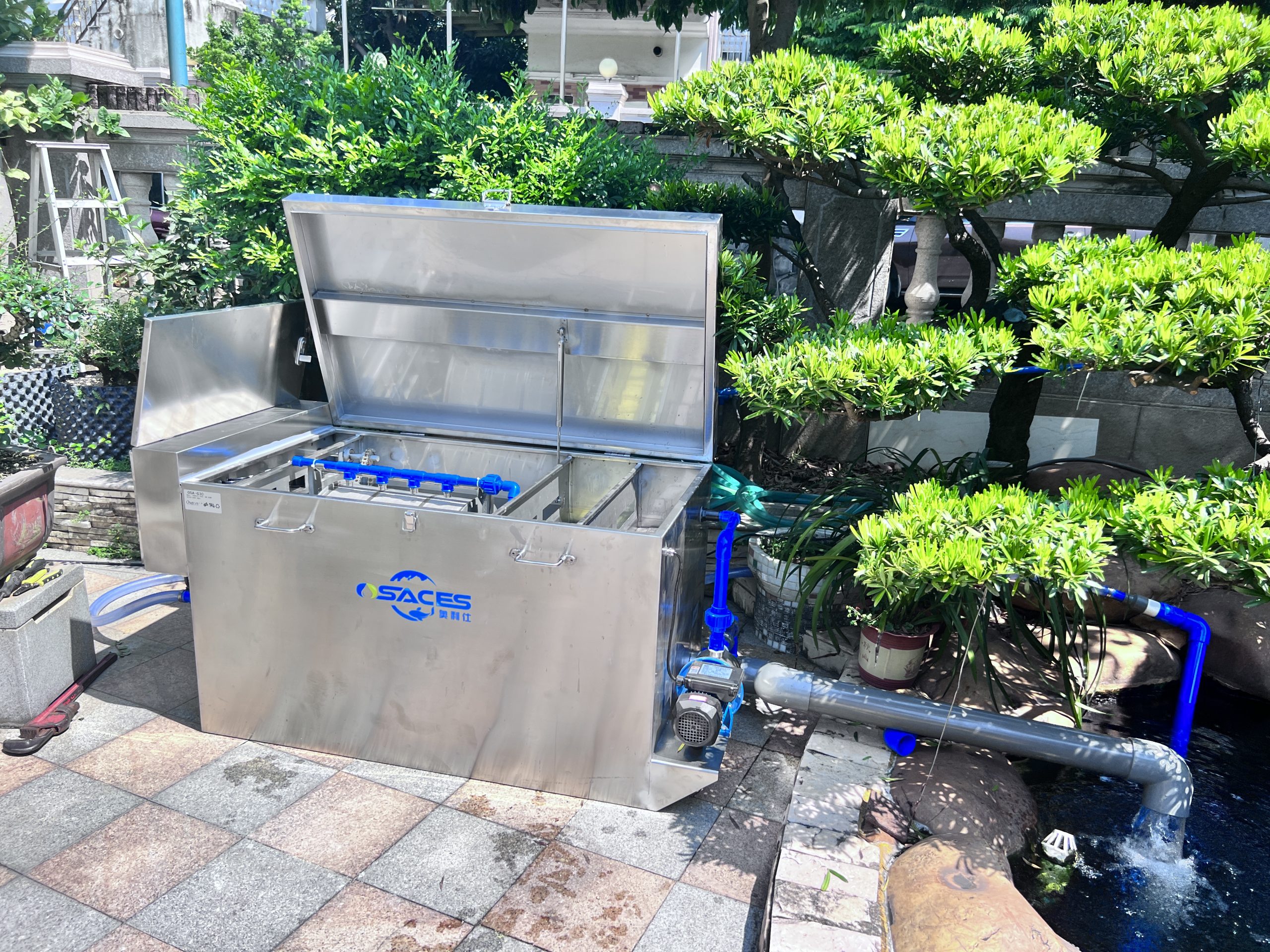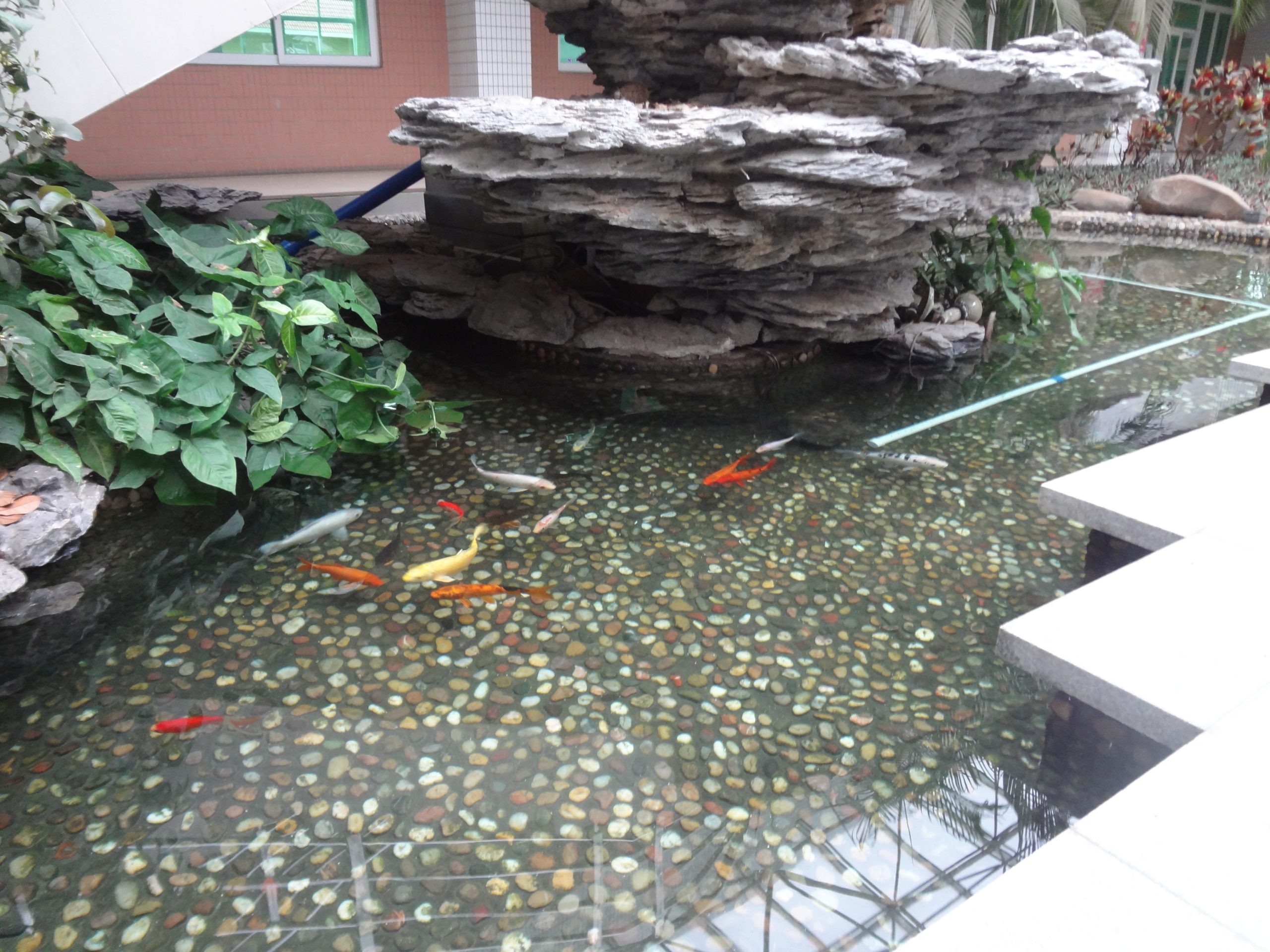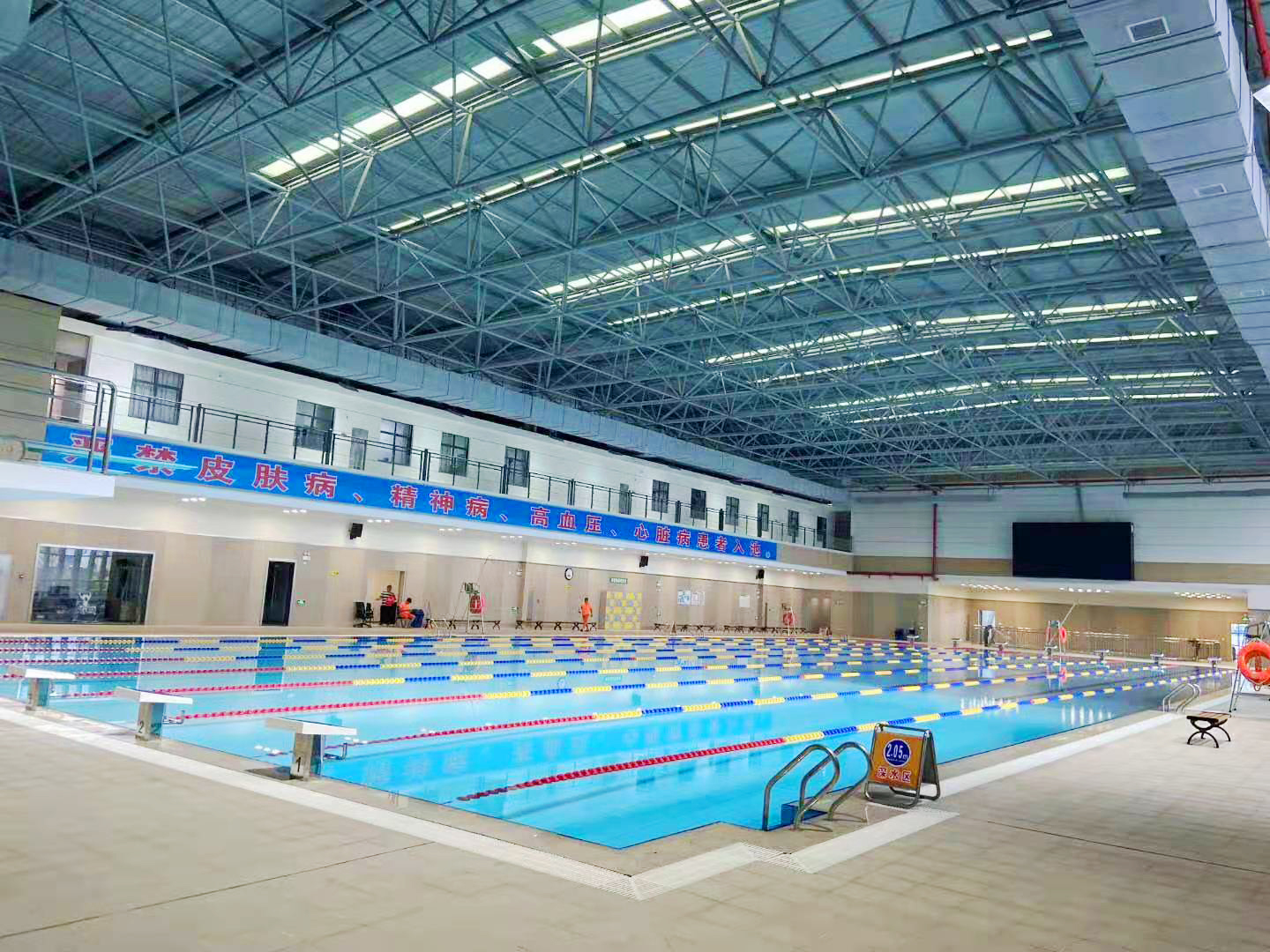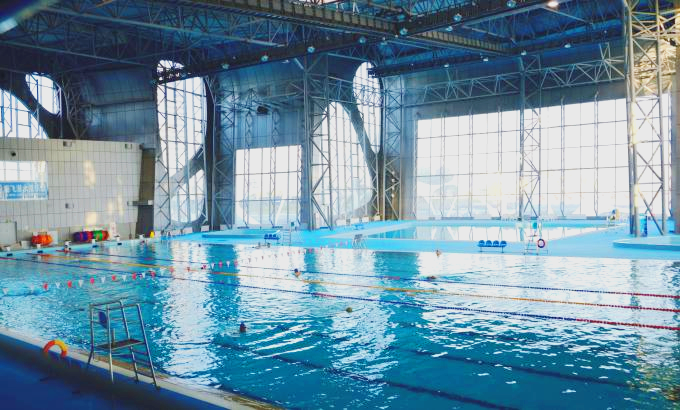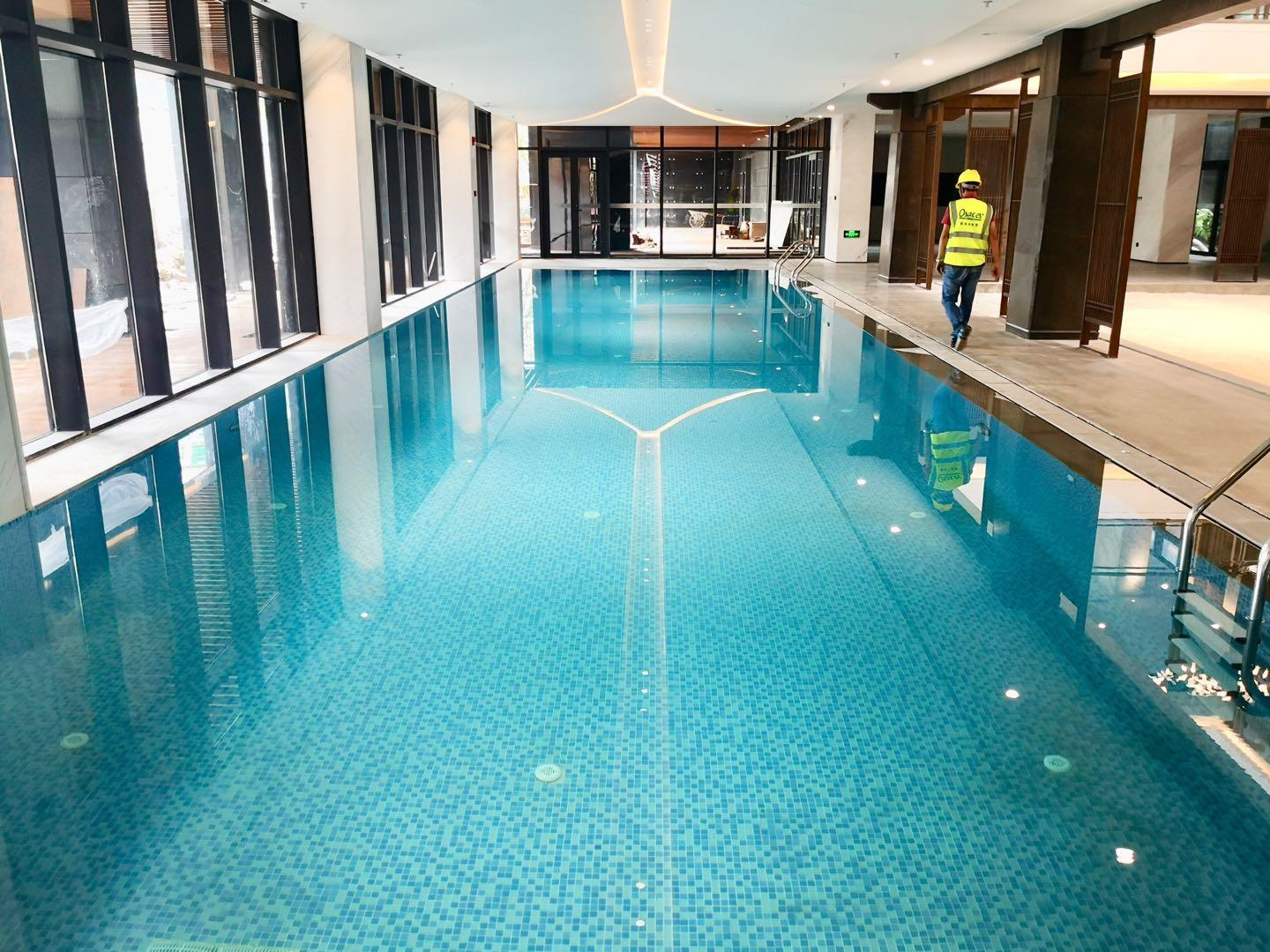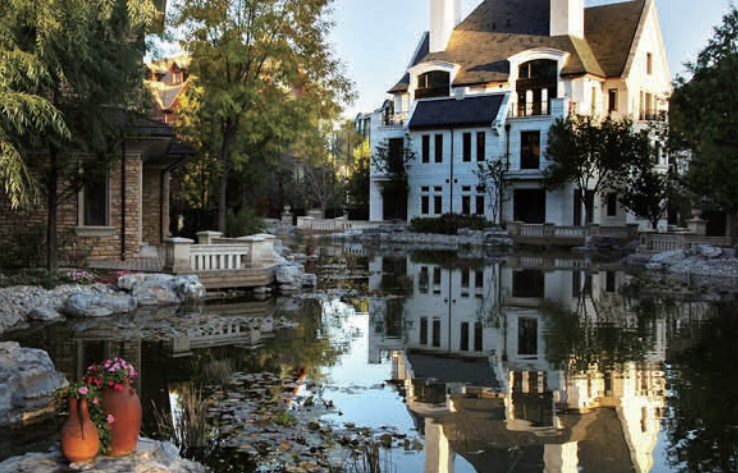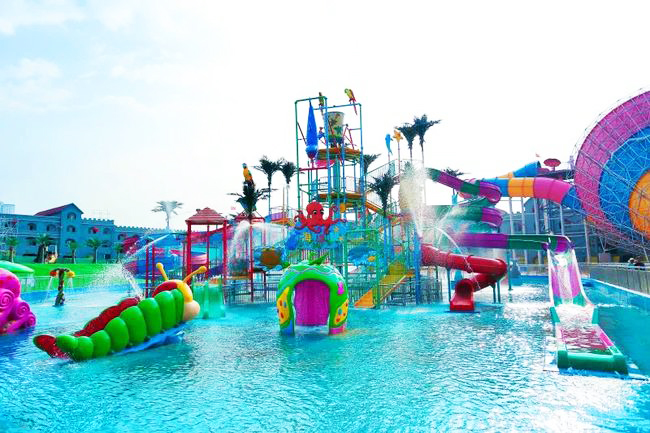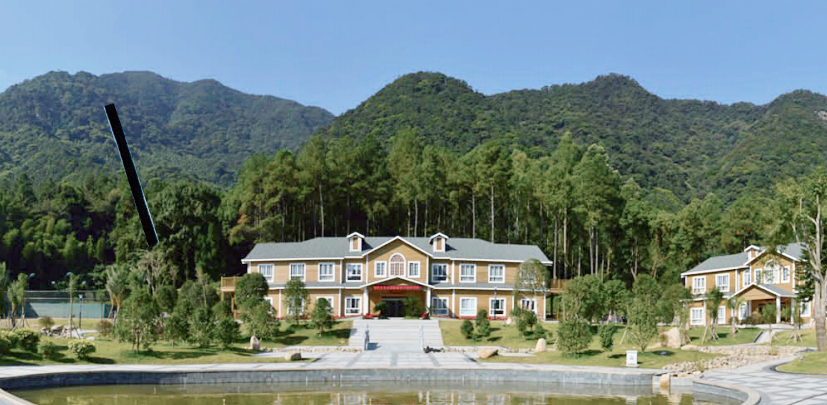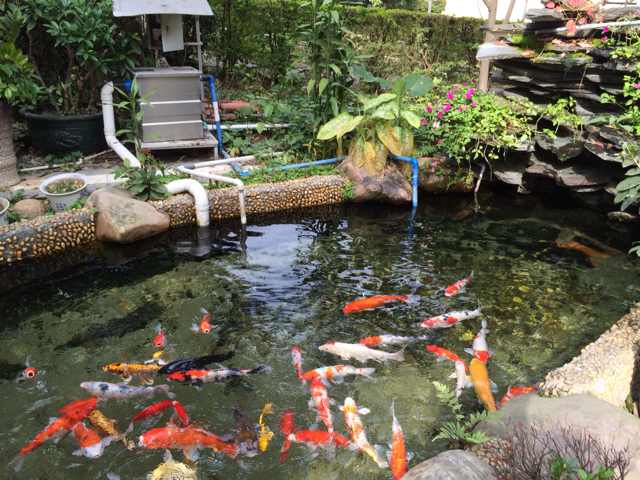common problems
contact details
 Ollies (Guangzhou) Recreation and Sports Equipment Co.
Ollies (Guangzhou) Recreation and Sports Equipment Co.Tel: (020) 82686289
Fax: 020-82694853
Headquarter: No.31-37, Xincun 2 Road, Shangjiang North Street, Dongzhou Village, Xintang Town, Zengcheng City, Guangzhou, Guangdong, China
Are you ready for the golden age of koi growth?
Autumn, it's the busy and harvest season again, this is also the golden period of koi growth and development, many hobbyists have reached their wish in this season, so about the golden season of fattening and disease prevention measures, have you been prepared?
B. Water temperature between 12-18 degrees: feed 1-2 times a day to 7-8% full, while observing the koi's activity level, if it is not very active, then, feed only once a day to 6 or 7% full.
D. Water temperature between 5-10 degrees: feed germ feed once a day, 60% full, stop feeding below 5 degrees.
Attention:Do not overfeed the live dry bait, it is better for the fish to finish it within 5 minutes each time, overfeeding will make the fish suffer from indigestion and the water will be spoiled easily.
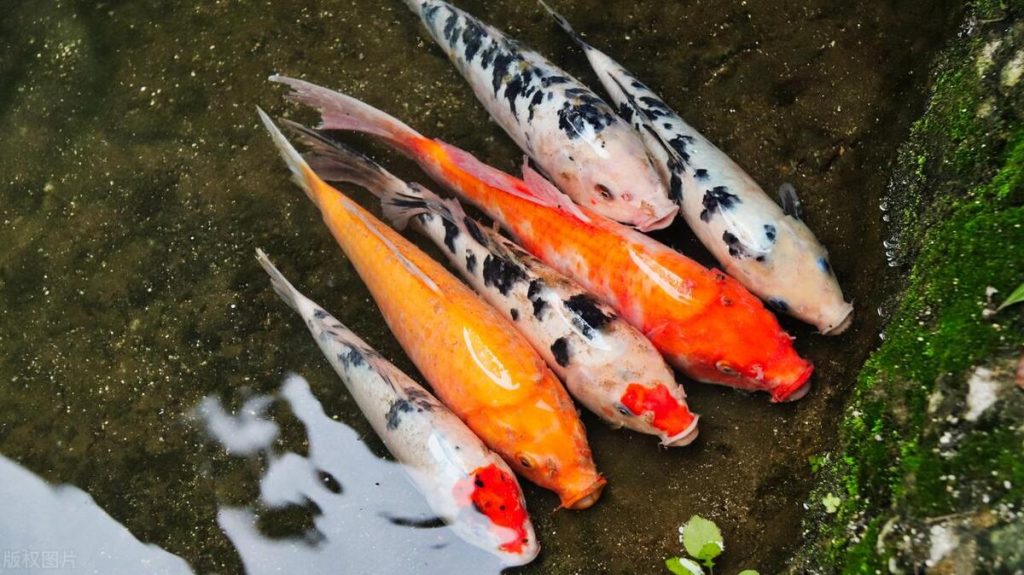
Autumn is the last of the two peak seasons of the year for fish disease, and although this time the disease is not as serious as in the spring, it is very likely that the koi will carry the disease through the winter and break out in the next spring when it warms up. At the same time, if there is no fattening, in the following spring, the koi will have consumed a lot of energy during the winter, and the body is already in a weak state, so once the disease breaks out, it is very likely that the disease will be "no help, rapid death".
A. A "bacterial + ectoparasite" quarantine is carried out in the isolation tank.
B. Mix enteritis drugs into the feed for feeding, mixing and feeding, generally feeding for about 7 days (homemade feeds can be mixed directly according to the ratio, and finished pellet feeds can be mixed according to the ratio of "one gram of the drug into 5-10 milliliters of water, and put the feed into the water for 3-5 minutes, then feed", each time to the fish to eat within 3 minutes is best). Then feed the fish, each time the fish eat within 3 minutes is the best).
C, if it is not convenient to isolate the quarantine, and the water quality can also grasp the better, then you can consider water sterilization treatment. The way is divided into two kinds of drugs and appliances, of which the ozone machine treatment is the best, followed by germicidal lamps, drug treatment is the least!

When you buy a new Koi, you should at least put it in a pool with a plastic bag in order to acclimatize it to the water temperature, avoiding sudden changes in the water temperature as much as possible. They should then be placed in a quarantine pool, where the water from the handling should never be poured into the pool, and then observed for a few days and given a medicated bath (the same applies to koi brought home from the judging hall).
This is a peak season for koi moving and delicate koi should be treated with care. First of all, stop feeding the koi before moving, which should be three days when the water temperature is below 20°C and two days when it is above 20°C. The same applies to medicated baths. Estimate the amount of time it will take to move the koi and add or subtract the amount of water and oxygen, and add 5 per cent salt to prevent bacterial infections. Use a slightly wider plastic bag when moving, and if it is a large carp, it should be packed in two or three layers, just in case.
Much of the debilitation or illness that occurs in koi at low water temperatures is related to protozoa, and it is possible to be infested with several parasites at the same time, leading to serious consequences. Hypothermic protozoa usually occurs in the fall after the evaluation meeting. When observing koi in general, it is important to pay close attention to any koi that float to the surface of the water (especially on warmer days) or show any other abnormal behavior, in order to detect koi infections at an early stage, so that the earlier they are treated, the better the chances of catching the disease.
In addition to this, it is important to carefully check whether the koi pond filtration system is functioning properly, whether the filter material is aging and needs to be replaced, etc., to ensure that in the golden period of the Golden Nine and Silver Decade to give the koi a comfortable environment and conditions for fattening, and to store the fat in good preparation for the winter.
Related content
- Homeostatic regulation of fish pond water quality: a systematic solution based on nitrification kinetics and nutrient thresholds
- Koi Pond Maintenance and Protection Guide during the Rainy Season | The Veteran Driver's Handbook of Dampness and Disease Prevention
- Pool water circulation system maintenance guide, goodbye to cloudy water quality to create four seasons of translucent "liquid sapphire".
- From zero to professional: a complete guide to pool equipment configuration that even a beginner can understand
- The Golden Ratio of Swimming Pool Ventilation and Dehumidification Systems: The Balancing Act of Airflow, Humidity and Energy Consumption
- Specific benefits of dehumidifiers for new swimming pools
- Industrial solutions for fish pond water quality management: How to break through the bottleneck of traditional operation and maintenance of filtration systems?
- Theoretical and empirical study on the design of fish pond filtration system with ultra-volumetric capacity.

